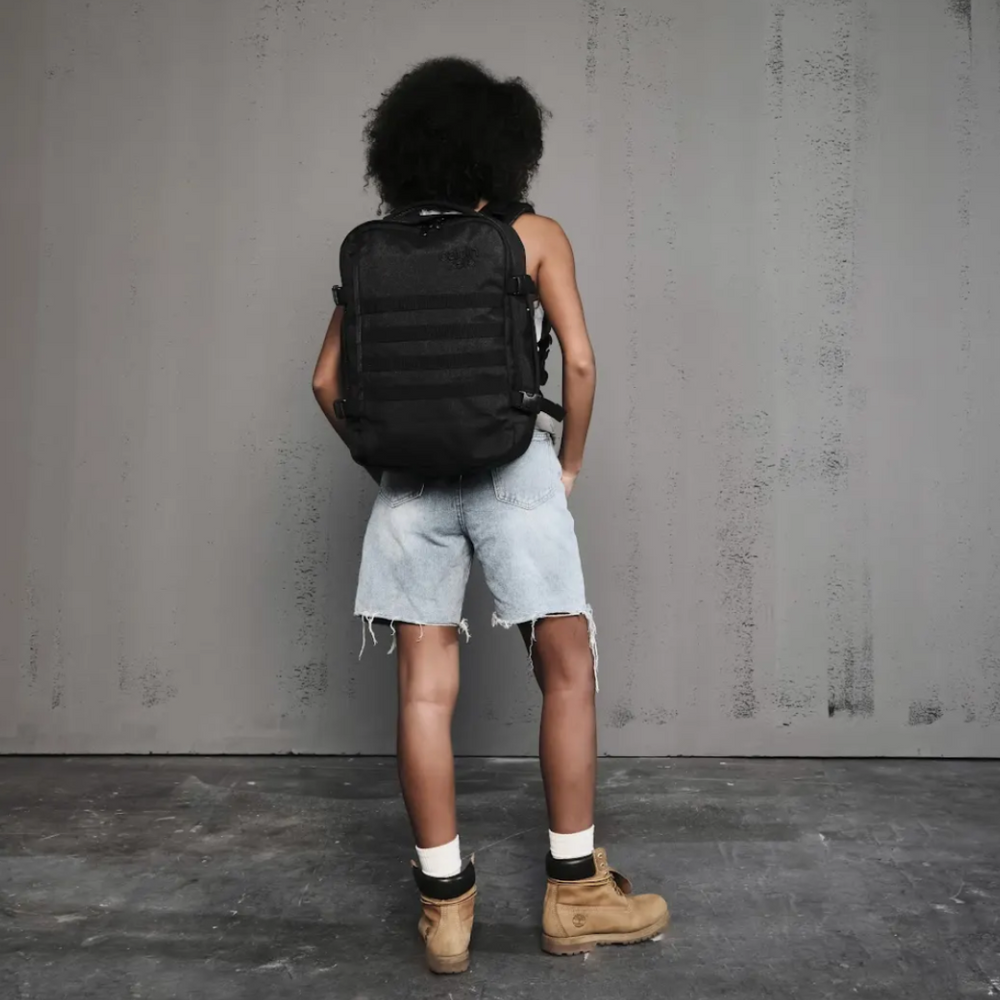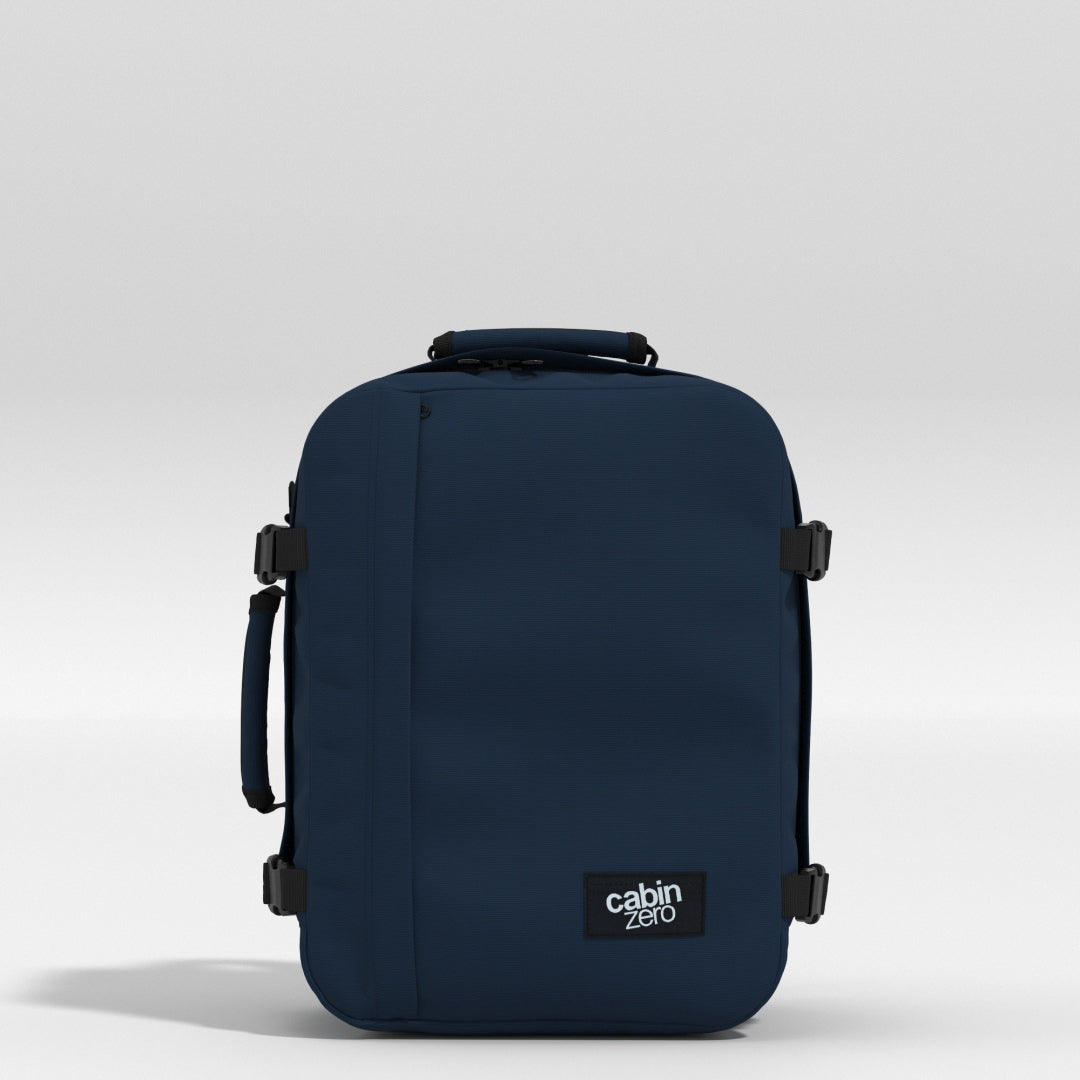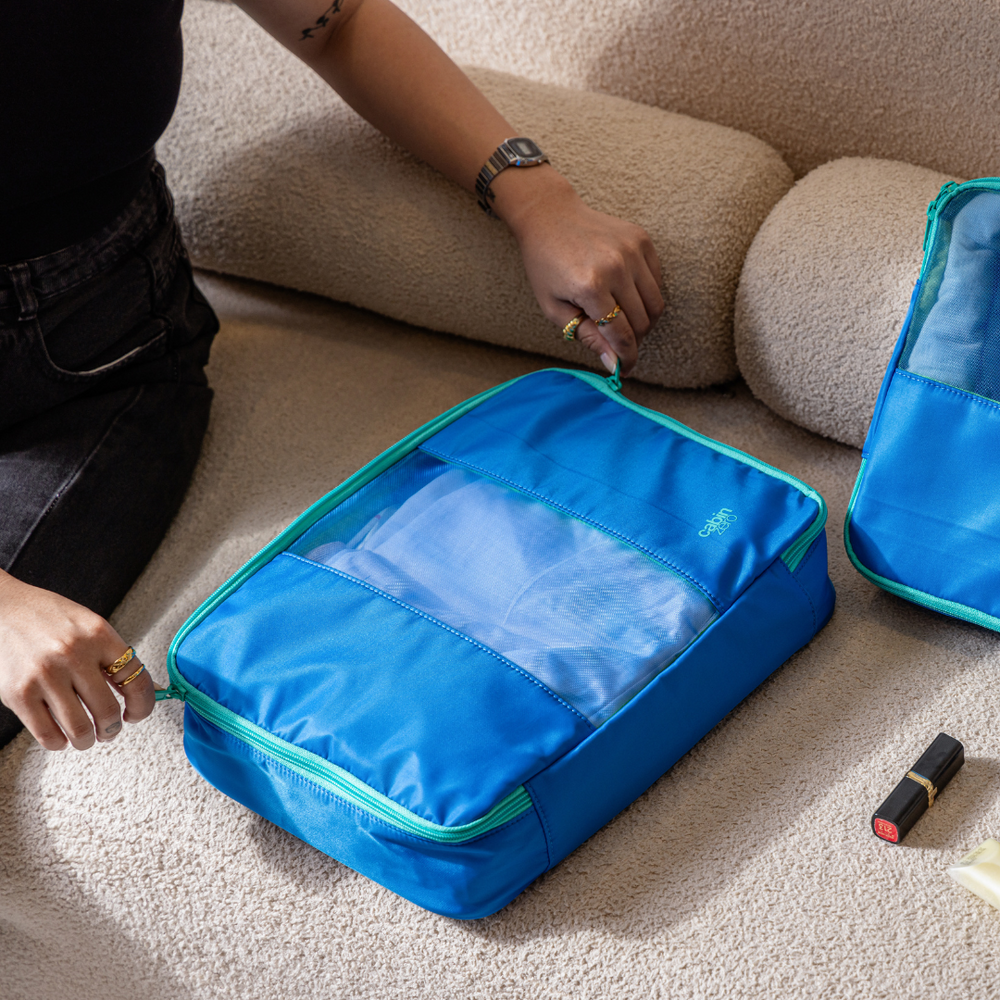CONTENTS
How to Pack Clothes for Moving: Guide for A Stress-Free Move
Are you planning to move to a new place? Are you spending hours or even days organising everything and asking: What should I need to prepare first? How to pack all my wardrobe without ending up being a mess?
Organising your clothes is undoubtedly a task that keeps you busy before moving. While cramming things quickly into boxes and bags may seem time-saving, everything will be a wrinkled, unsightly, and disorganised mess.
Be at ease. We are here to provide you with a guide on how to pack clothes for moving. With our moving tips, your job will be much easier and greatly reduce your time for other stuff. Packing is not a big deal anymore. Grab your outfits and enjoy a fresh start in your new home!
Why Packing Clothes Early Is Important
Starting early is one of the most crucial things to have in mind when getting ready to move. You will have more time to plan and organise your move thoroughly.

Have an early start to organise everything! - Photo by Odua Images from stock.adobe.com
One of the biggest benefits is that it reduces stress and anxiety. When you have a plan in place and you start packing well before the move, you won't feel rushed or overwhelmed in the days leading up to the move.
Additionally, packing ahead of time gives you the opportunity to declutter and get rid of any clothes that you no longer need or want. This will not only make the packing process easier, but it will also help save you time.
Finally, it will ensure that your clothes are well-protected during transportation and arrive at your new home in good condition.
Tips for Decluttering Before Moving
Before you start packing your clothes for moving, decluttering your wardrobe is a good idea. There is no reason to keep old and unwearable garments, right?
This will help reduce the number of clothes you need to pack, making your task less exhausting. Here are some tips for decluttering your wardrobe before moving:
- Be more determined when making a decision on what to keep. If you don’t use any clothes anymore, consider donating and selling them.
- You might want to keep them all. But some of them may be stained, torn, or damaged. Save time by leaving clothes that you won't wear again. Just get rid of it.
- Finally, be realistic about how much space you'll have in your new home. If you're downsizing, you may not have room for all your clothes.
Essential Packing and Moving Materials
- Cardboard boxes: You can find these at your local suppliers or online stores
- Wardrobe boxes: This is the best choice for hanging-clothes
- Suitcases: They are cost-saving and easy to move
- Packing cubes: These are helpful for packing small ones like socks, underwear, etc. and keep them from being lost
- Compression bags: These help you save a lot of space. They are frequently used to carry puffer jackets and other bulky clothes
- Packing tape: Make sure you have plenty of packing tape to seal up your boxes
- Packing paper: Use packing paper to wrap your clothes and other items to prevent them from getting damaged during the move
- Labels: This will help you distinguish between different types of clothes in each box.
Step-By-Step Guide for Packing Clothes
There are plenty of ways to pack clothes for moving. You should consider several factors to choose your most suitable methods, and you can combine some of them for better classification.
Classify your clothes
By Material
The first moving tip is to sort clothes by material. You’ll need to separate them into piles based on their fabric: cotton, polyester, wool, silk, denim, etc. This is a good method as it helps you protect some clothes that are made of a fragile material.
For example, cotton clothes are soft and easy to wrinkle, and silk ones are delicate and should only be hand-washed or dry-cleaned. Separating them in advance will make it easier to do the laundry later.
By Season
Classifying clothes by season can help you stay organised and easily find the right clothes for the current weather. If it is summer, just unpack shorts, tank tops, sandals, etc. and leave your coats and jackets in the boxes. You can take them all out, but in fact, most people won’t bother to unpack until the winter comes.
By Person
You might be a part of a large family, and the amount of clothes is overwhelming. Each person should have their own clothes in different boxes to avoid any confusion as you’ll not want to dig through all of them until you find your favourite shirt. You should use dividers or labels to keep each member’s clothes separate.
By Type
This method will keep everything in manner. With each type of clothing, further organise them by style or category, such as separating T-shirts from long-sleeved shirts, jeans from dress pants, etc.
Separate clothes that have the same category - Photo by Ajay Abalaka from stock.adobe.com
Do the laundry
If your clothes are dirty, it’s recommended to thoroughly wash all of them before packing for a move. It would be a nightmare if your clean clothes were in the same place as your soiled and filthy ones. Everything would be stinky and become harder to wash once unpacked.
Washing a large number of clothes might be time-consuming. But your items will eventually be ready to be put into your wardrobe at your new home.
Use a packing checklist
After all your clothes are perfectly cleaned, the most important step is to create a checklist. This will help you stay on track and ensure that you won't miss any items once they've been listed. Jot everything down and cross them out after being packed.
Fold them orderly
There are many ways to fold your clothes. But here are the two most basic methods that work for clothing items:
The flat packing method
This is the most common way when it comes to fold clothes. Its biggest advantage is that it will help you maximise space in your box or suitcase and minimise wrinkles as well.

Flat packing is the easiest technique - Photo by LIGHTFIELD STUDIOS from stock.adobe.com
First of all, lay them on a flat surface and make sure there are no wrinkles left. Fold the garment in half vertically so that the two sides are touching. Then fold the sleeves in towards the centre of the garment and keep them straight.
Finally, fold the bottom of the clothes up towards the top, ensuring that the edges are all aligned. Repeat with your other garments and stack them on top of each other.
Army roll method
To begin, fold the shirt's two sleeves inward to the centre. Fold a part of the garment body inwards vertically and do the same with the other side. After your shirt has been made into a prolonged shape, just roll it neatly. Then turn the edge upside down, and your shirt is now nicely wrapped.

Rolling your clothes help save a lot of space - Photo by tatomm from stock.adobe.com
Pack your clothes in categories
After being orderly folded, your clothes should be sorted out in different packing methods:
Casual clothes
They are t-shirts, jeans, sweatpants, etc. and everything you wear in informal settings such as at home, hanging out, etc.
They are comfortable, light and easy to fold. So, packing them in cardboard boxes will be the best choice. Remember to choose a sturdy and medium-sized box so as to prevent them from being overstuffed and torn into pieces. You can also use a suitcase, it requires less effort to move, and your clothes can be more well-protected.
Begin folding your garments using the aforementioned techniques and place them in turn into the boxes. If there is any empty space, you should fill it with packing paper or bubble wrap, and your clothes won’t be shifted during transit.
Shoes
Shoes are one of the items that require several protection during travel. It’s easily damaged and takes up a lot of space as well.
The first thing you should do is to cover them with individual shoe bags, which will help prevent any dirt or moisture. Make sure that they are clean and dry. Remember to stuff your shoes with socks, papers, etc., to help retain their shape during transport.
Formal wear or office wear
“How can I carry my suits without wrinkles and damage?” This must be the most frequent question when preparing for a move. The answer is quite easy: Use a wardrobe box, and your problem is now solved. They are specifically designed for packing clothes for moving and are able to protect your garments carefully.

Use wardrobe boxes to carry your fragile items - Photo by Pixel-Shot from stock.adobe.com
It’s quick but expensive and requires a lot of room. For a cost-saving solution, you can use garment bags. They are convenient and are still able to keep your clothes wrinkle-free.
Socks and underwears
For small items like socks and underwear, it’s recommended to roll them up. Make sure that your socks are paired up so that finding them is much easier. After that, place them in a packing cube to keep them organised and avoid being lost.
Small clothes should be packed in packing cubes - Photo by Timur Weber on Pexels.
Bulky items
Using compression bags can be a great way to save space when moving. It’s suitable for clothes like puffer jackets. You just need a vacuum and specialised bags. They are not too pricey and easy to purchase in the market.
Common Mistakes to Avoid When Packing For A Move
When packing clothes for a move, there are a few common mistakes to avoid. Here are some of the most common mistakes:
Overpacking boxes
Overpacking boxes can make them too heavy to lift. The risk of the boxes breaking or tipping over during transport also increases.
Moreover, you should pack your heavy-weight garments at the bottom to distribute the weight evenly in your luggage and fill any empty spaces. It’s a simple but effective strategy that can make a big difference in the comfort of your move.
Forgetting to label boxes
Forgetting to label boxes/bags/suitcases can make unpacking a nightmare. Be sure to label each box with its contents and the room it belongs in.
Not properly preparing clothes for transport
Improperly preparing your clothes for transport can lead to wrinkles, creases, and damage. Make sure to clean and fold your clothes previous to packing them.
Final Thought
Packing clothes for a move can be a daunting task, but with some careful planning and organisation, it can be a smooth process. By starting early, staying organised, and using the right supplies, you can ensure that your clothes arrive at your new home in the same condition they were in when you packed them.
These are our tips on how to pack clothes for moving. Really hope that it will make your task less stressful and you'll be ready to tackle packing your clothes for your next move. So, what are you waiting for? Prepare your clothes and start moving home!
Tran Truong






















Leave a comment